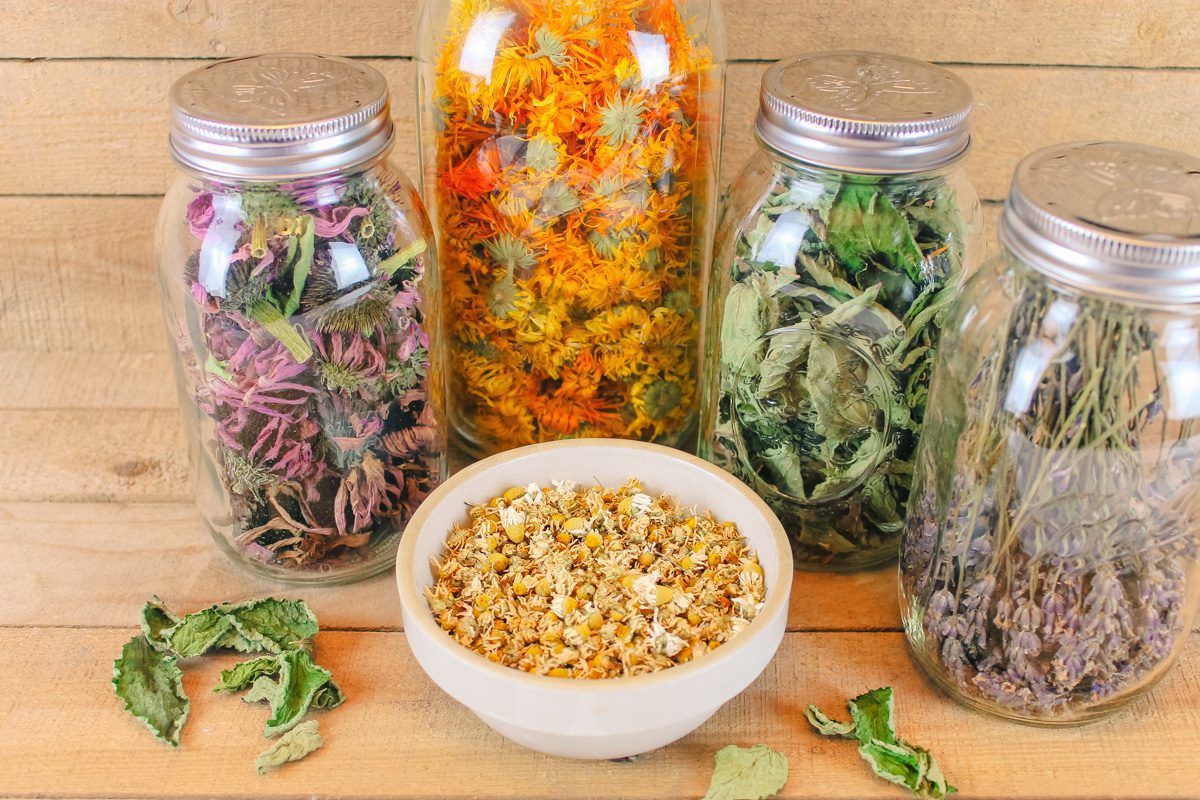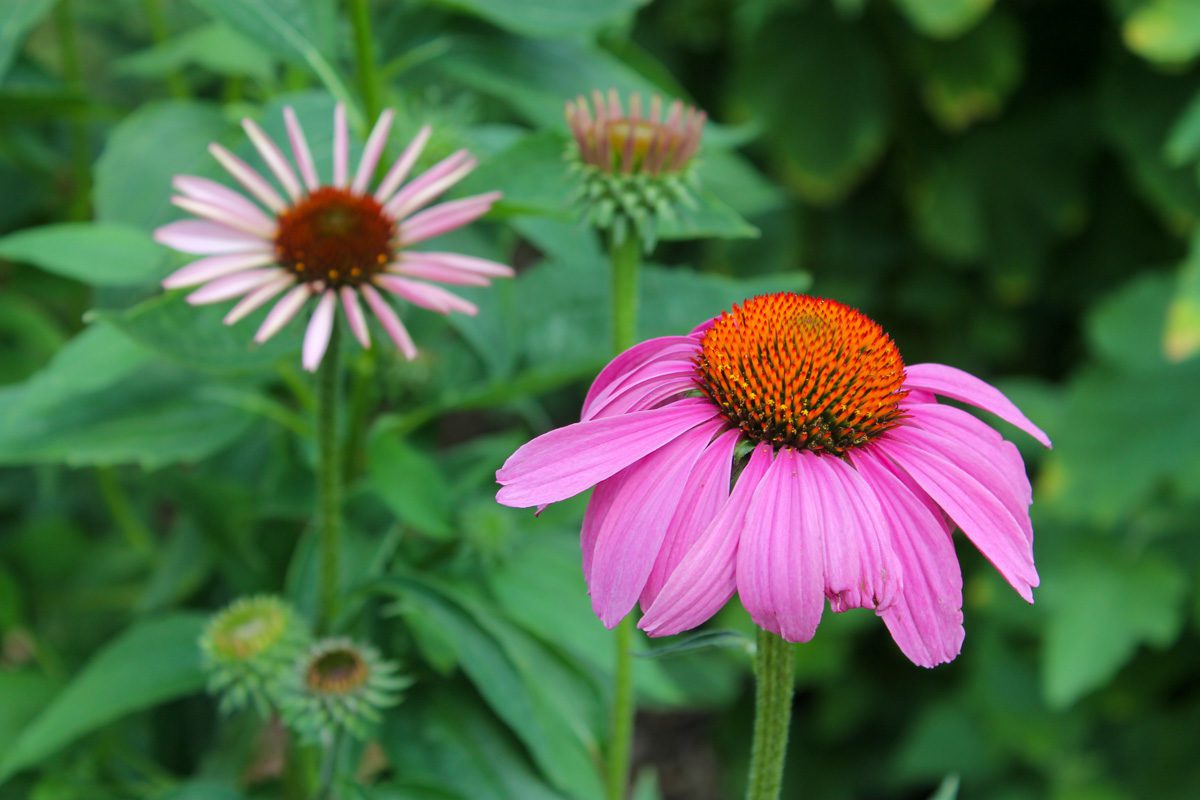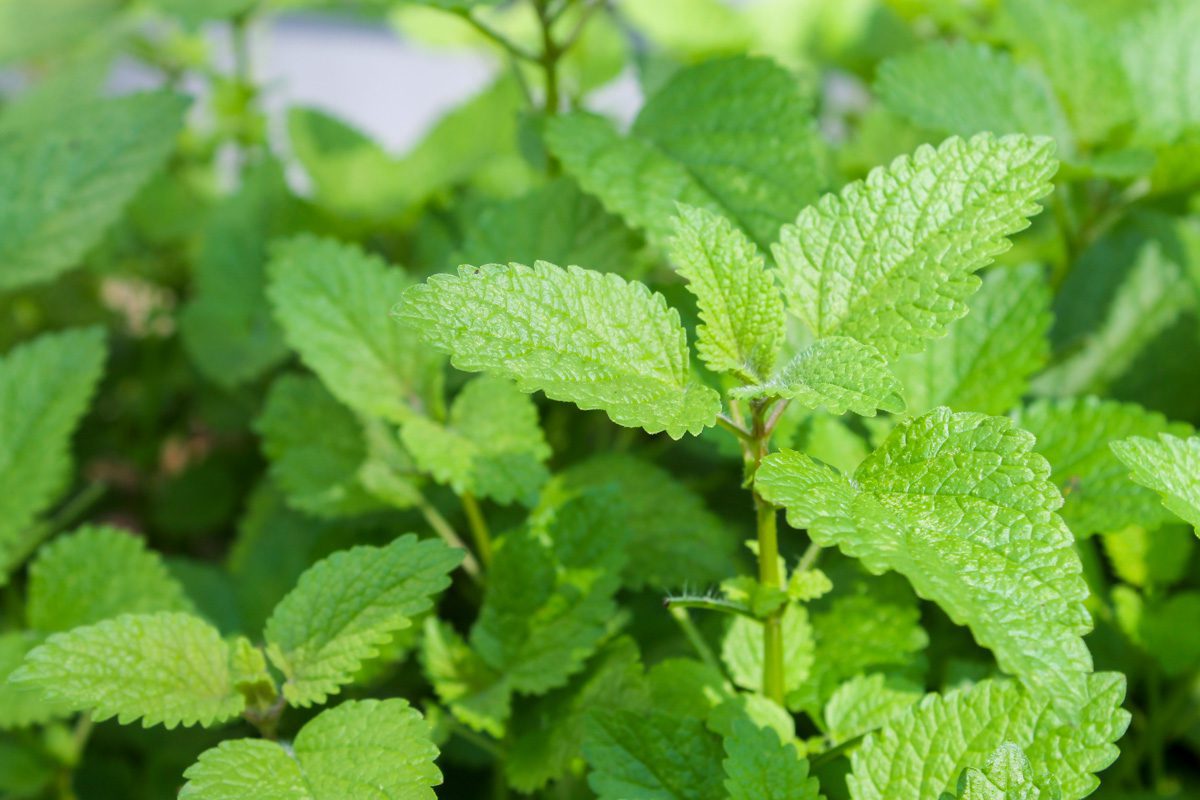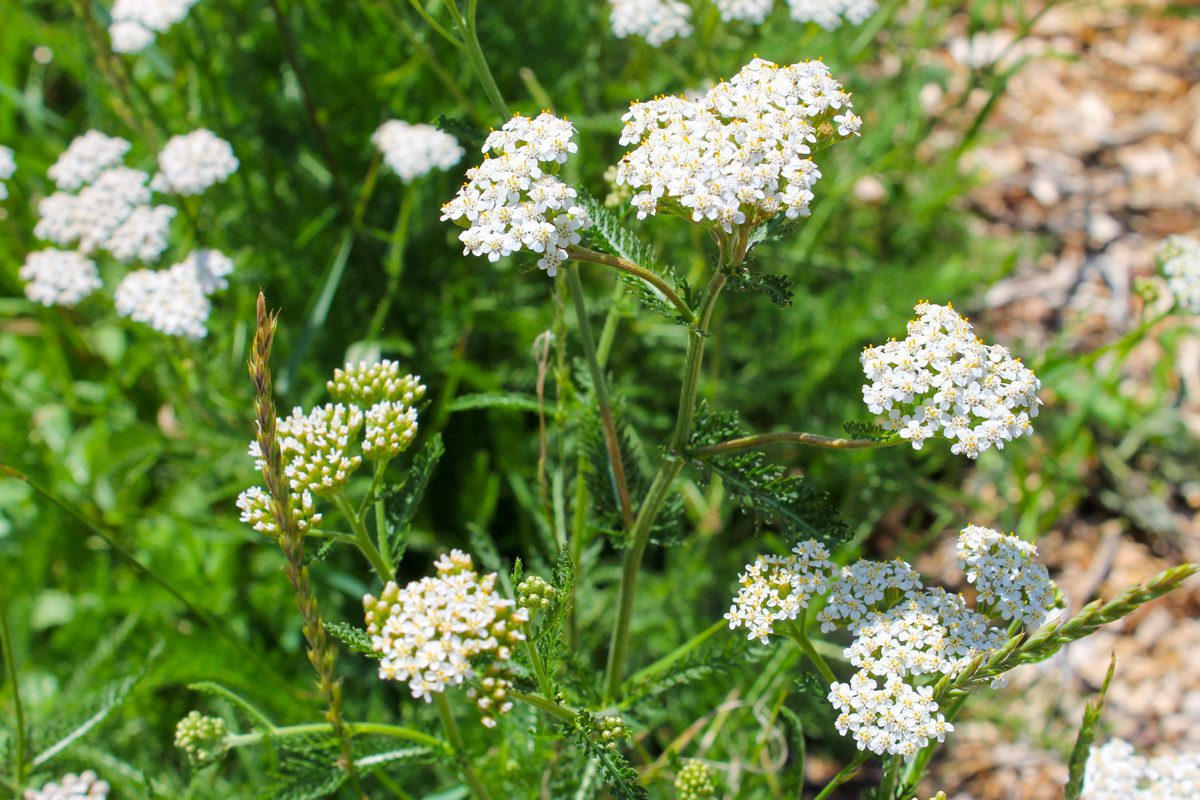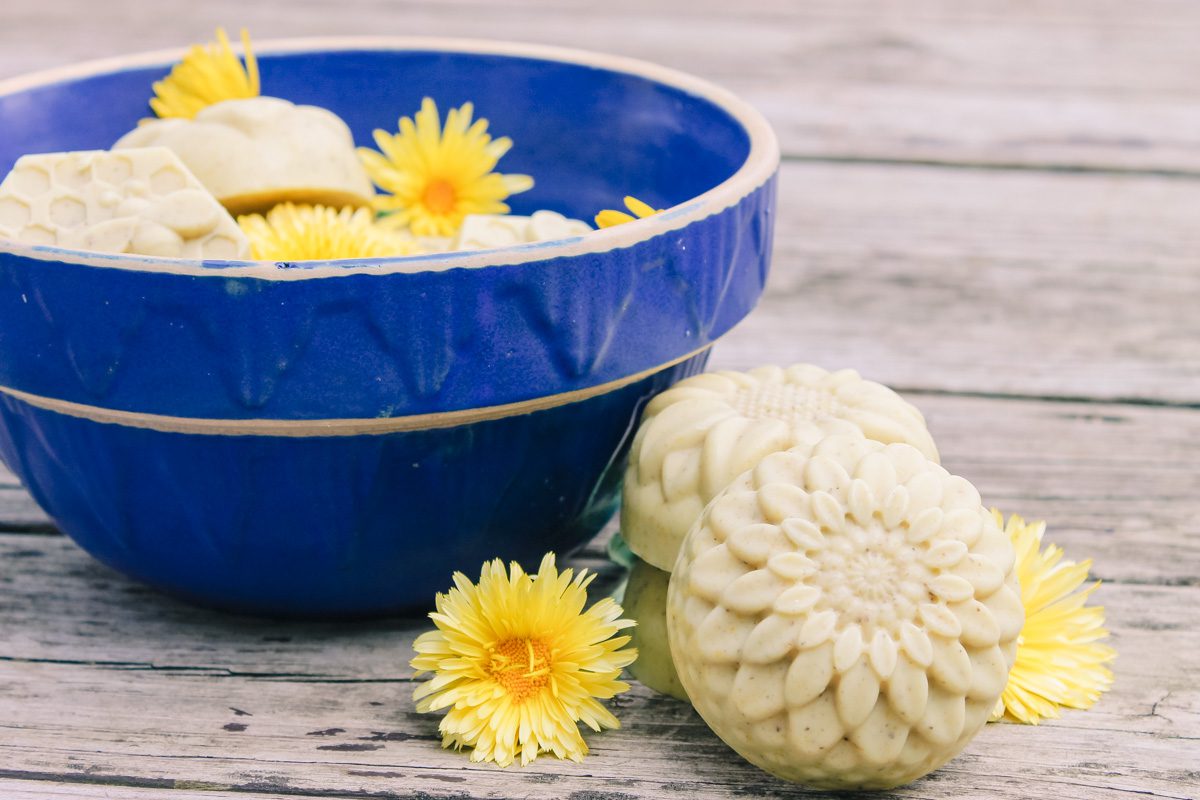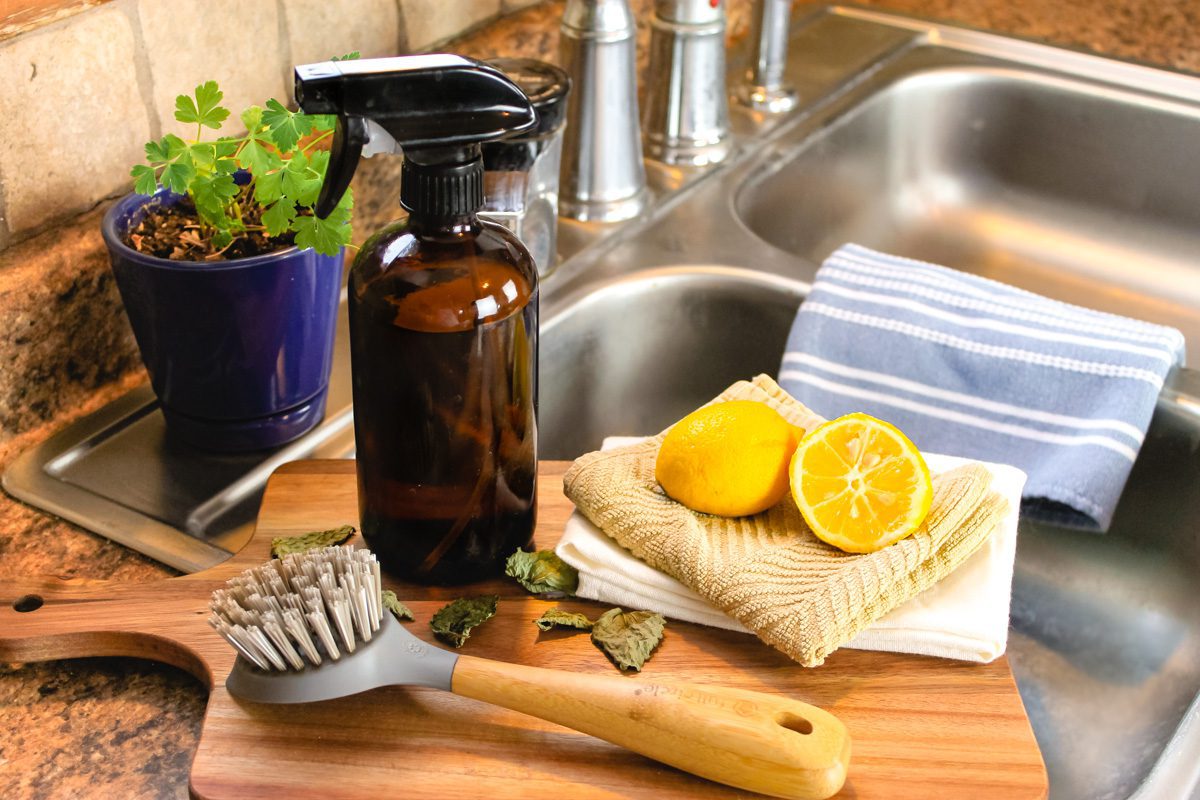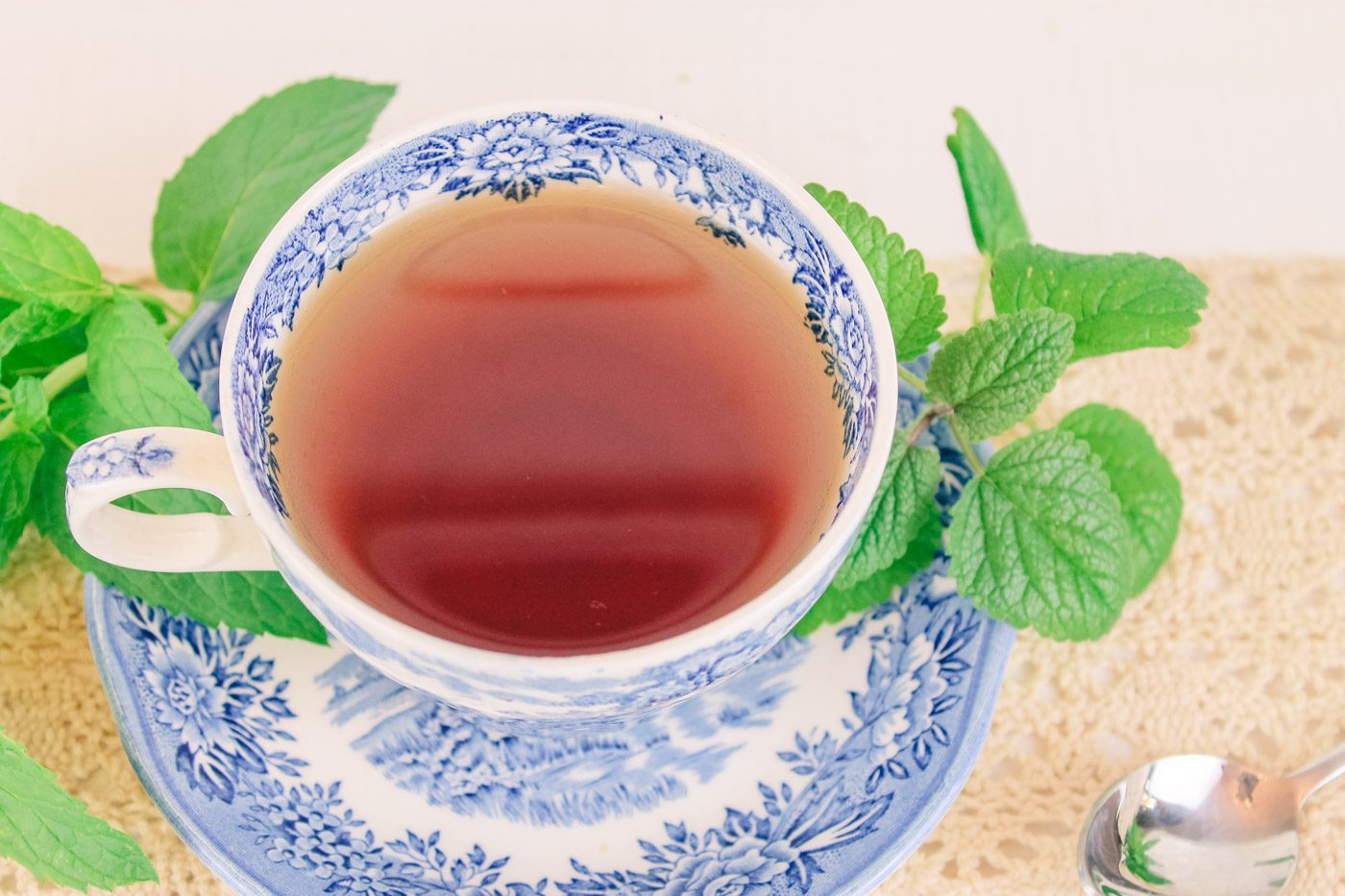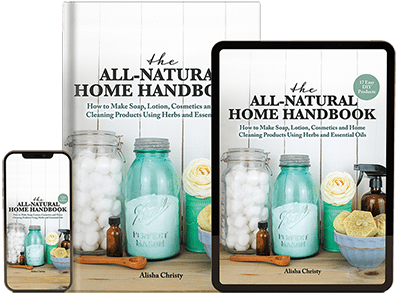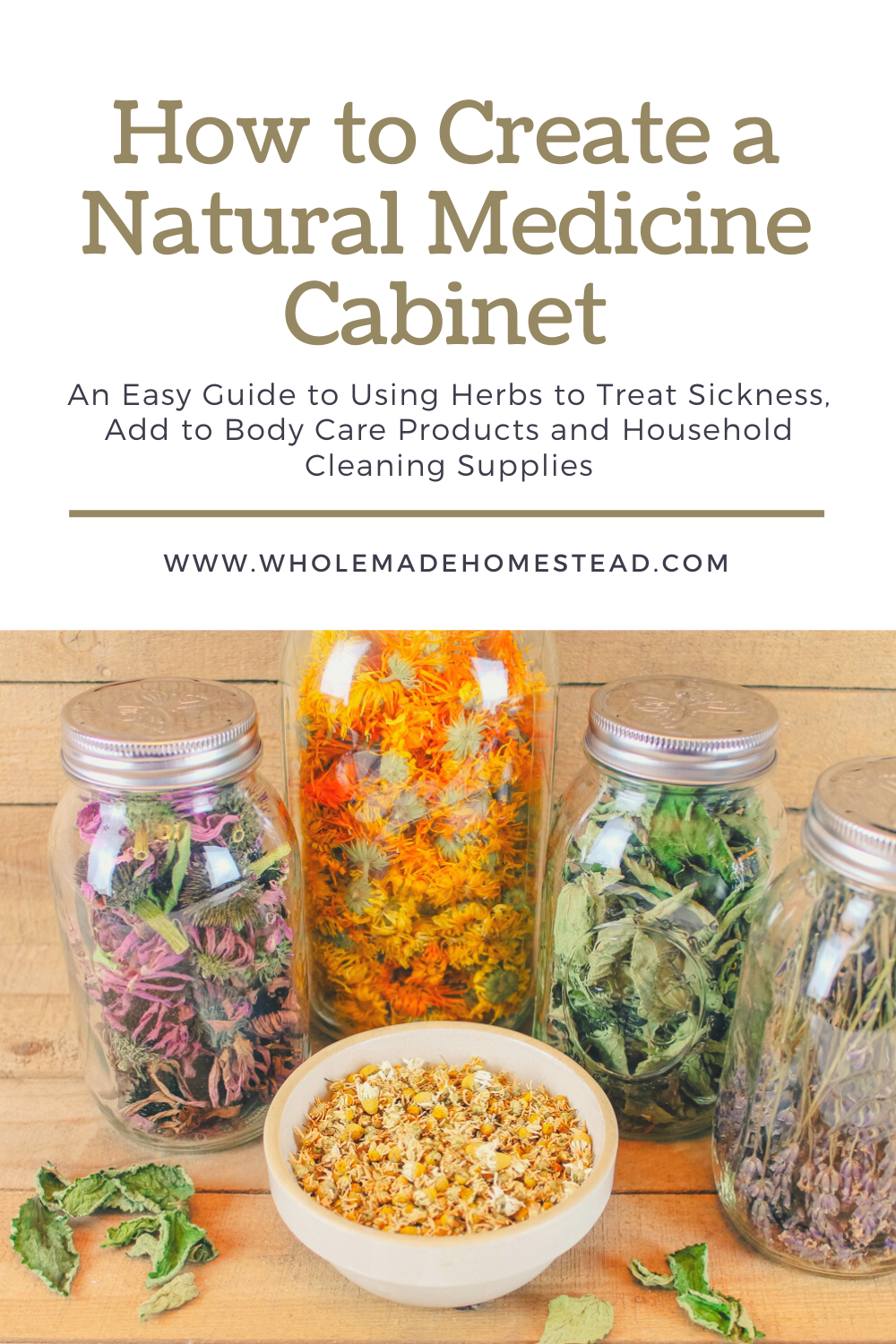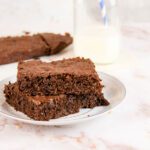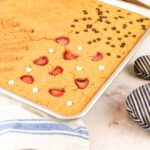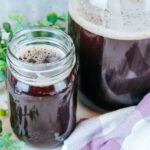Learn how to take charge of your health by building a natural medicine cabinet full of herbs to treat a variety of ailments at a moment’s notice.
This post contains affiliate links, which means I make a small commission at no extra cost to you. In any case, I only link to products we actually use on our homestead and that I believe can truly benefit to you. See my full disclosure here.
Sniffle season is upon us.
Or at least it is when I am writing this blog post (circa November 2021).
With the cold weather settling in around us, viruses seem to want to do the same. As I’m certain most would agree with me, sickness is not welcomed around the household. Several years ago, I would have treated belly trouble with an over the counter medication. Or if I had a cold, maybe a little vapor rub but for the most part just waited the virus out until recovery came.
But things have changed since then.
A while back my Mom and I began exploring herbalism. God led us to a fella out in Idaho called Doc Jones. Since then we began dabbling in herbs by starting with the common kitchen herbs like sage, basil and rosemary. Who knew that eating a sage leaf was equally if not more effective than the common anti-diarrheal? As we learned about these herbs and witnessed their success, we added more herbs into our home such as calendula and yarrow. Today we have built a medicine cabinet full of herbs to treat all sorts of symptoms.
How to Treat Sickness Naturally
As the homesteading movement grows, more and more people are looking to take charge of their health. They want to know what they are consuming, what makes them feel well and what brings healing to their bodies. Ultimately, people want to take a natural approach to life by removing chemicals and toxins from food and medicine.
When embarking on the path of herbalism, sometimes you can encounter some confusing and conflicting information. Starting simple and using trusted resources is the best route to take.
Do you need to learn about hundreds of plants just to cure the common cold?
Nope! Having just a few friendly herbs on hand can treat a variety of internal and external issues.
Should I scour the internet to learn about how to use herbs medically?
That’s a no. Contrary to popular belief, the internet is not always right. I’d recommend finding a trusted source to get correct information about how to use herbs. Amy Fewell’s book The Homesteaders Herbal Companion and Doc Jones at the Homegrown Herbalist are my favorite resources to use.
Do you have to purchase lots of expensive herbs?
Again, that is a no. The best place to get herbs is in your very own backyard. Purchasing a pack of seeds or a small plant from a local greenhouse is very inexpensive. For instance, one mint plant costs approximately $3. Simply plant it in a large pot and you’ll have medicine for years to come.
The best way to create a natural medicine cabinet is by growing your own herbs. Sure, you can buy capsules of herbs from the grocery store but they just don’t have the same potency. The fresher the better. Start building that cabinet by planting a small herb garden in your backyard. Sage, mint and thyme are great for beginners. If you don’t have space for an herb garden, plant them in a few pots on your porch or try a window sill garden.
When a headache suddenly comes on or you get stung by a bee, you can simply head out to the garden, grab the herb and treat the condition. Or grab a dried leaf from your medicine cabinet and take charge of the situation.
Learn how to preserve your herb harvest to use all year around in this article.
Benefits of Using Natural Medicine
- Herbs can help beat, reduce and prevent common illnesses such as a cold or a stomach ache
- Taking herbs regularly can keep your healthy, aid in digestion and boost your immune system
- Herbs are great to add into your homemade products or remedies such as salves, lotions, cleaning supplies and more
- Handy to use when healing a wound, bruise or cut
- Know exactly what you’re taking (internally or externally) without worrying that you are consuming chemicals or synthetic man-made ingredients
- Easy to grow or source, store and use whenever you need
Top 6 Herbs You’ll Find in Our Home
There are so many wonderful herbs out there. Here are a few of our favorites and how we use them.
Calendula
Calendula is a beautiful, cheery herb that not only looks lovely in your garden but also has wondrous healing benefits. It has anti-biotic and anti-inflammatory properties, helps to decrease pain and accelerates cell division in your body helping to heal your body faster. Our favorite way to use calendula is in homemade salves, soaps and lotions. We’ve also used it in a poultice to heal wounds and bee stings.
Peppermint
Great to use for stomach upset, promotes clear breathing when the lungs are congested, antispasmodic, relieves headaches and is an excellent catalyst herb to improve the absorption of other herbs.
Oregano
Terrific herb to prevent a cold. Antibacterial, antiviral, antibiotic, respiratory and detoxifying. We’ve had great success using it on our livestock to treat and prevent disease.
Plantain
Plantain, a weed that loves to grow everywhere and is often found in people’s lawns. With it’s large or sometimes narrow looking leaves, you will be able to easily spot it growing in sidewalk cracks, gardens and parks. It has excellent astringent, anti-inflammatory and skin soothing properties. We often use plantain in a poultice to treat a bite or skin irritation. Plantain is a great addition to infuse into our healing balm that helps treat rashes and dry skin, particularly on the feet, heels and arms.
Echinacea
While most known as an anti-viral to treat colds, echinacea is an excellent for bacterial infections. It is also great at treating spider bites.
Yarrow
Ideal for reducing fevers, respiratory illnesses, soothing skin, healing wounds, antispasmodic, helps to stop bleeding. I love adding yarrow into my salves and found it quite helpful in knocking our fever down this past fall when we were sick.
How to Use Medicinal Herbs in your Home
There are countless ways to use herbs in your home. Many people enjoy using herbs in their cooking to add flavor. As tasty as that is, cooking actually removes much of the medicinal properties of the herbs. The herbs will still be nourishing and delicious but if you plan to use herbs medicinally, try to use them fresh or dried without extreme heat.
Body Care Products
You can add herbs into homemade lotions, salves, lip balms, shampoos, deodorant, shaving cream and soap. Try this soothing soap recipe using calendula.
Cleaning Supplies
Adding herbs into your household cleaning supplies is an excellent way to avoid the store bought chemicals while still being able to effectively clean your home. Thyme, rosemary and lemon balm are popular choices. Infuse these herbs into countertop cleaners, hand soaps and disinfecting sprays.
Poultice
A poultice is created by mixing an herb with a liquid such as water or oil. A great example of a poultice is grinding up some calendula in a spice grinder, mixing it with water, applying it to a wound and wrapping it tightly with a bandage to hold it in place.
Herbal Tea
When we are sick, I will often make up a tea bag full of herbs. I simply place the herbs in a cup of hot water and cover it with a plate (to prevent any medicinal oils from escaping) for a few minutes to allow the herbs to infuse. Optionally, you can add in dried spices or fruit for an extra boost of flavor.
Tincture
A tincture is basically a liquid extract that can be applied topically or taken internally in a drink. They are quite popular due to being easy to tote around and store for long periods of time.
Other Uses
Syrups, herbal steams, infusions, decoctions, powders and essential oils.

